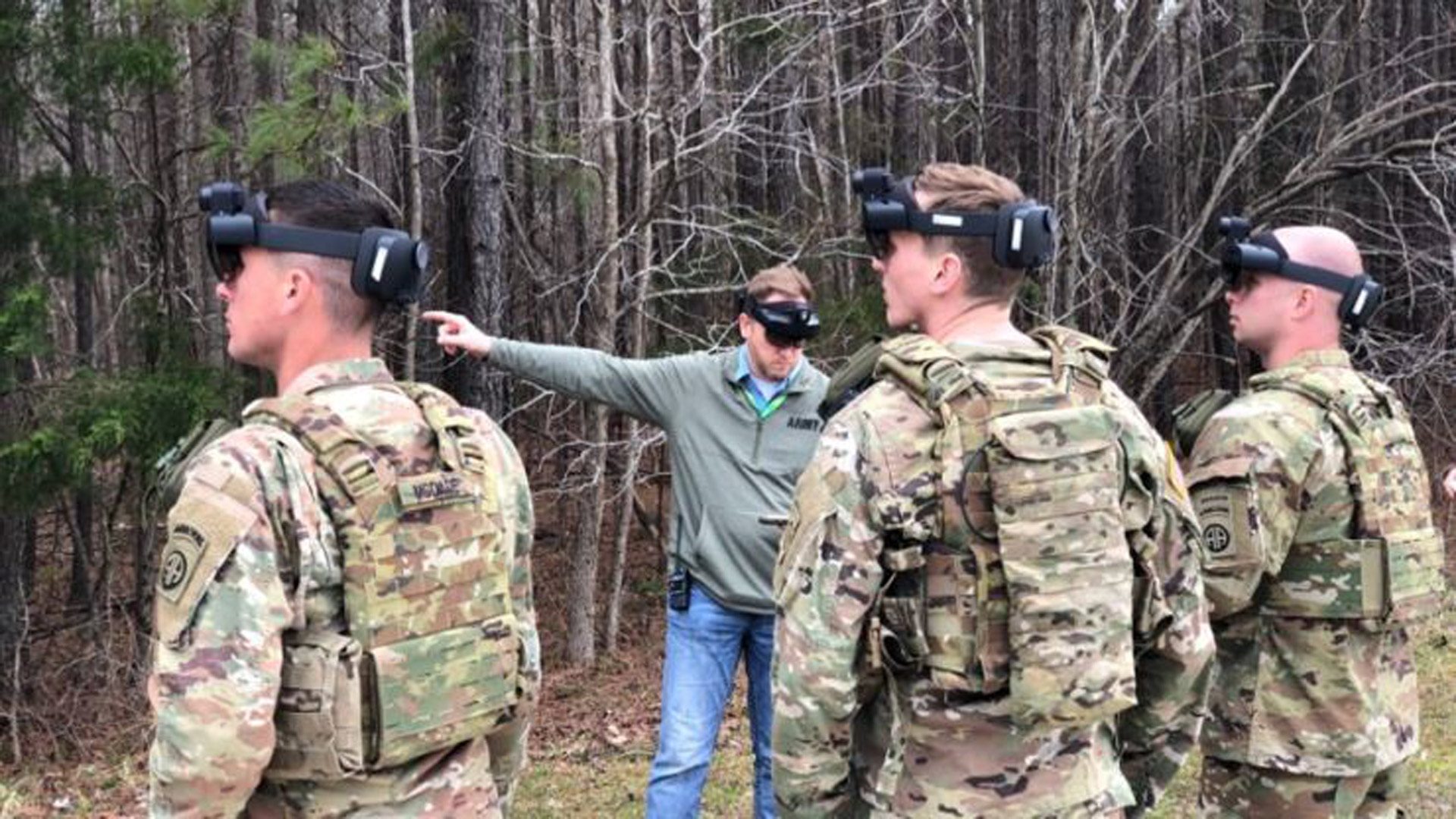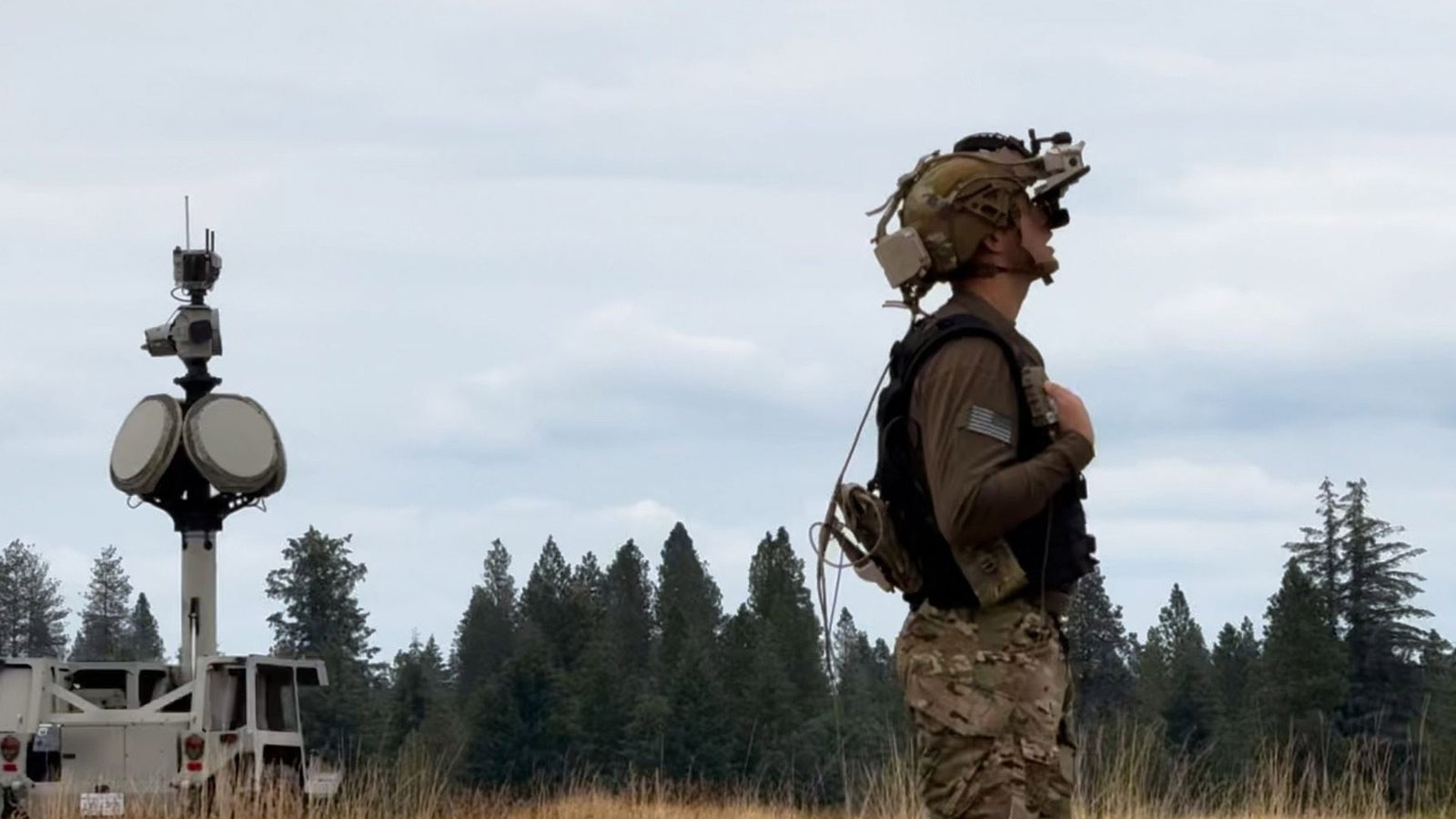Anduril Industries, a defense technology company founded by Palmer Luckey, the creator of Oculus, has announced a partnership with Microsoft to enhance the military-focused AR headset based on HoloLens 2, currently being used by the United States Army.
The collaboration aims to integrate Anduril’s Lattice platform into Microsoft’s Integrated Visual Augmentation System (IVAS) to provide soldiers with real-time threat detection. This integration will improve battlefield awareness by aggregating data from various sources such as drones, ground vehicles, and aerial defense systems, as reported by Wired.
According to Anduril’s website, Lattice utilizes sensor fusion, computer vision, edge computing, machine learning, and AI to analyze data from thousands of sensors and sources, presenting it in a comprehensive and intelligent display.
“Soldiers equipped with Lattice-enabled IVAS headsets receive instant alerts about detected airborne threats, enhancing their survivability in challenging environments,” Anduril stated in a press release. “The incorporation of Anduril’s technology, alongside other third-party solutions, will advance the mission capabilities of IVAS.”
Palmer Luckey, who faced controversy and was removed from Meta (formerly Facebook) in 2017, emphasized the significance of this collaboration in revolutionizing military operations.
“This project is a top priority for Anduril and has been for some time. It is one of the Army’s critical programs set for deployment soon, with the aim of delivering crucial data to personnel in real-time,” Luckey expressed. “This aligns with Anduril’s core expertise, and we have been laying the groundwork for this for years. I am eager to unveil what lies ahead to our clients — I am truly enthusiastic about the future.”
Notably, Luckey announced earlier in the year his development of a new XR headset, revealed at AWE 2024 in June, which he described as being driven by military needs but also intended for non-military applications. The actual headset has not been publicly showcased yet.
Microsoft’s Challenges with Scaling IVAS
Microsoft’s IVAS, based on HoloLens 2, has encountered several hurdles since securing a lucrative defense contract with the U.S. Army in 2019, valued at up to $22 billion.
According to Breaking Defense, early units of IVAS received poor ratings during initial field testing in 2019, primarily due to concerns regarding reliability and durability, particularly in terms of water resistance. At that time, IVAS appeared to be based on off-the-shelf units with additional sensors.

In 2022, newer and more robust versions of IVAS faced further negative field testing results due to issues related to low-light and thermal imaging performance, as well as complaints from soldiers about headaches, eye strain, and nausea.
By late 2023, version 1.2 of IVAS showcased significant enhancements in reliability, low-light sensor performance, and design, as confirmed by a U.S. Army representative to Bloomberg, who also noted positive feedback from soldiers.
Despite these improvements, the U.S. Army has not instructed Microsoft to expand its IVAS efforts, even after the recent modifications that included transitioning from a helmet-style form factor to a more streamlined flip-up display. This adjustment reportedly reduced the field of view from 70 degrees to 60 degrees but offered improved clarity.
Additionally, a recent report from Breaking Defense suggests that the U.S. Army is planning a new competition named “IVAS Next,” potentially paving the way for other manufacturers, such as Kopin or even Anduril, to replace Microsoft’s IVAS. The industry solicitation is expected later this year, providing more insights into the future direction.
